
San Miguel: The Heartbeat of Eastern El Salvador
Discover San Miguel, El Salvador: A vibrant city blending traditional charm with modern amenities, famous for its annual Carnaval and striking Chaparrastique Volcano.
San Miguel, nestled in the eastern region of El Salvador, is a vibrant city known for its bustling markets, annual festivals, and rich cultural heritage. As one of the country's largest cities, San Miguel offers a unique blend of modern amenities and traditional charm, making it a must-visit destination for travelers seeking an immersive experience. San Miguel is perhaps best known for its annual Carnaval de San Miguel, held every November. This lively event attracts visitors from all over the country and beyond, featuring colorful parades, energetic music, and delicious local cuisine. The city's central park, Parque Guzmán, is the perfect spot to soak in the atmosphere, with its impressive cathedral and surrounding colonial architecture providing a picturesque backdrop. Beyond the festivities, San Miguel offers plenty of attractions for the curious traveler. The Chaparrastique Volcano, also known as San Miguel Volcano, is a striking natural landmark that offers hiking opportunities and breathtaking views. For those interested in history and culture, the Museo Regional de Oriente provides fascinating insights into the region's past. The city's culinary scene is also worth exploring, with traditional pupusas and fresh seafood being local specialties.
Local tips in San Miguel
- Visit in November to experience the famous Carnaval de San Miguel.
- Hike the Chaparrastique Volcano for stunning views of the surrounding landscape.
- Explore Parque Guzmán for a taste of local life and colonial architecture.
- Don't miss trying the traditional pupusas at local eateries.
- Check out the Museo Regional de Oriente for a deep dive into the region's history.
San Miguel: The Heartbeat of Eastern El Salvador
San Miguel, nestled in the eastern region of El Salvador, is a vibrant city known for its bustling markets, annual festivals, and rich cultural heritage. As one of the country's largest cities, San Miguel offers a unique blend of modern amenities and traditional charm, making it a must-visit destination for travelers seeking an immersive experience. San Miguel is perhaps best known for its annual Carnaval de San Miguel, held every November. This lively event attracts visitors from all over the country and beyond, featuring colorful parades, energetic music, and delicious local cuisine. The city's central park, Parque Guzmán, is the perfect spot to soak in the atmosphere, with its impressive cathedral and surrounding colonial architecture providing a picturesque backdrop. Beyond the festivities, San Miguel offers plenty of attractions for the curious traveler. The Chaparrastique Volcano, also known as San Miguel Volcano, is a striking natural landmark that offers hiking opportunities and breathtaking views. For those interested in history and culture, the Museo Regional de Oriente provides fascinating insights into the region's past. The city's culinary scene is also worth exploring, with traditional pupusas and fresh seafood being local specialties.
When is the best time to go to San Miguel?
Iconic landmarks you can’t miss
Parque Joaquín E. Guzmán
Experience tranquility and local culture at Parque Joaquín E. Guzmán, a serene green oasis in the heart of San Miguel, El Salvador.
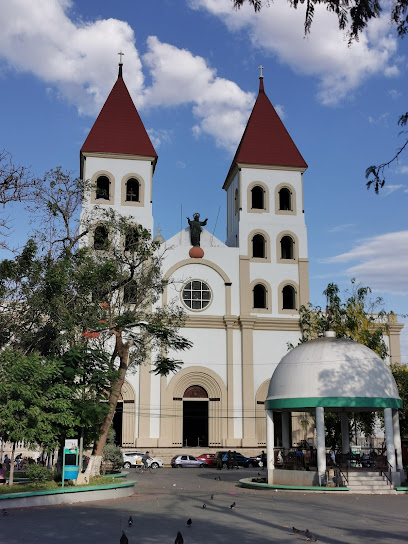
Hotel Tropico Inn San Miguel
Discover the charm of San Miguel at Hotel Tropico Inn, where comfort meets local culture in a vibrant setting.

San Miguel Cathedral
Discover the breathtaking San Miguel Cathedral, a neo-Gothic marvel and cultural landmark in the heart of El Salvador, showcasing rich history and stunning architecture.
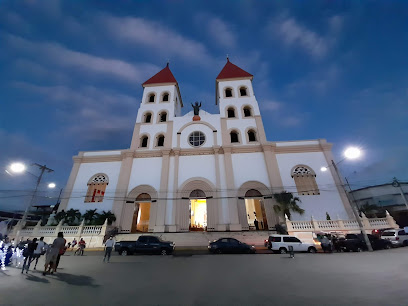
Moncagua Park
Experience the tranquility of Moncagua Park, a beautiful city park in El Salvador, perfect for relaxation and cultural exploration.
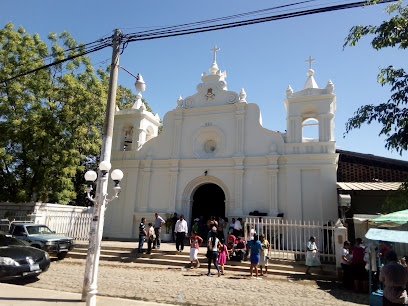
Turicentro Altos de La Cueva
Experience the ultimate aquatic adventure at Turicentro Altos de La Cueva, a premier water park in San Miguel, El Salvador, perfect for family fun.
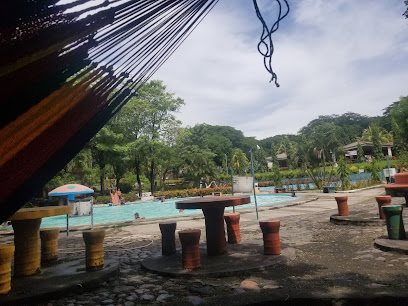
Ciudad Pacifica Park
Explore the serene beauty of Ciudad Pacifica Park in San Miguel, a perfect blend of nature, relaxation, and vibrant local culture.
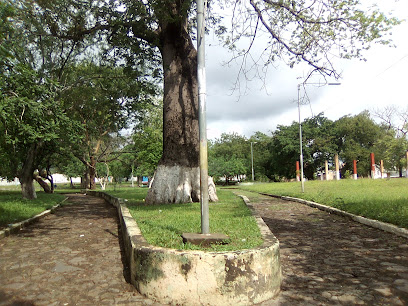
El Castillo de Piedra
Discover the culinary delights and stunning views at El Castillo de Piedra, a perfect blend of dining and hospitality in San Miguel, El Salvador.

Cuevas de Moncagua
Explore the stunning natural wonders of Cuevas de Moncagua, a captivating tourist attraction in El Salvador with breathtaking caves and rich geological history.
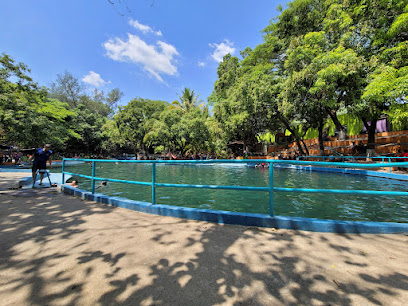
Moncagua San Miguel El Salvador
Experience the charm of Moncagua, a vibrant housing society in San Miguel, El Salvador, where culture and community come alive.
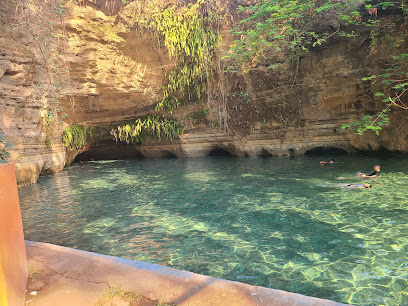
Humedales de El Havillal
Explore the tranquil wetlands of Humedales de El Havillal, a nature lover's paradise in San Miguel, El Salvador, rich in wildlife and stunning landscapes.
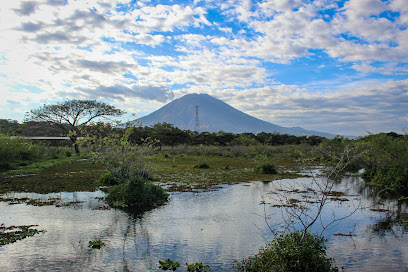
Gruta Virgen de Guadalupe
Discover the serene beauty and rich cultural heritage at Gruta Virgen de Guadalupe in San Miguel, a unique museum experience nestled in nature.
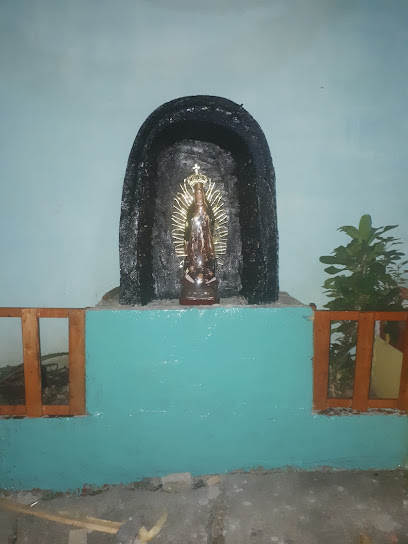
El MORAL
Discover the rich history and stunning architecture of El MORAL, a must-visit historical landmark in San Miguel, El Salvador.
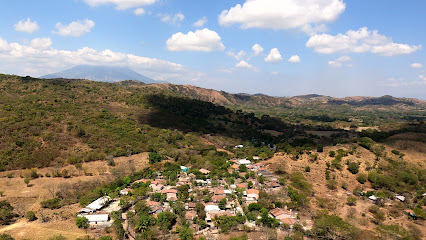
La Posa de la mina
Explore La Posa de la Mina, a serene tourist attraction in San Miguel, El Salvador, known for its breathtaking views and cultural richness.
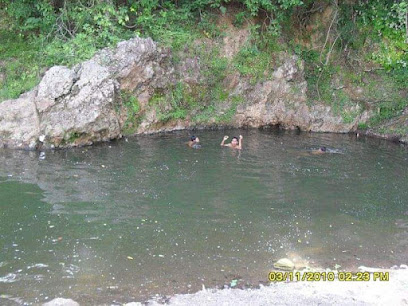
El salvador
Experience unparalleled relaxation at El Salvador's top reflexology retreat, where ancient techniques meet modern wellness in a serene setting.

El Salvador
Discover the serene beauty and rich cultural heritage of El Salvador, a captivating place of worship in San Miguel, perfect for reflection and exploration.

Unmissable attractions to see
Children's Amusement Park
Explore the vibrant Children's Amusement Park in San Salvador, a paradise of fun for families with thrilling rides and engaging play areas.
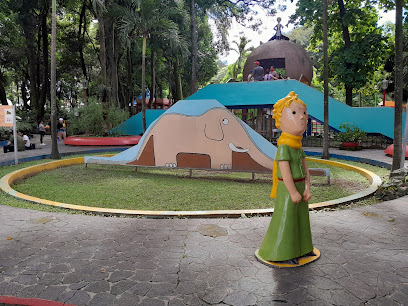
Familia Park
Enjoy family-friendly adventures and natural beauty at Familia Park in La Union, the ultimate urban oasis for relaxation and recreation.
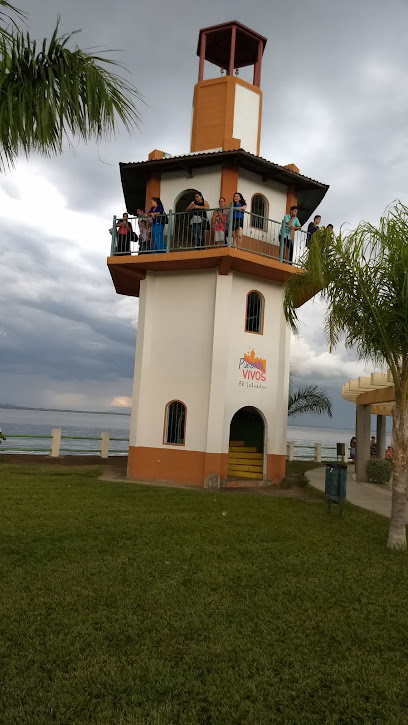
Parque Joaquín E. Guzmán
Discover the beauty of nature and community at Parque Joaquín E. Guzmán, San Miguel's serene city park with lush gardens and vibrant recreational spaces.
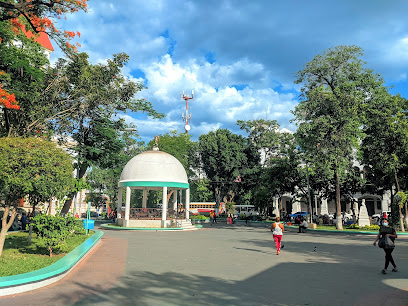
Parque de San Miguel Petapa
Explore the lush greenery and vibrant wildlife of Parque de San Miguel Petapa, a serene urban park in Guatemala perfect for relaxation and recreation.
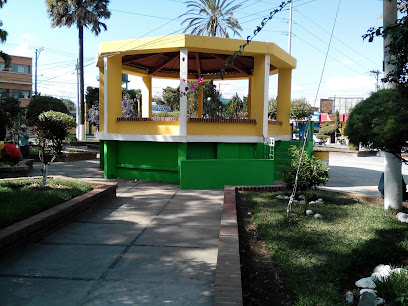
San Miguel Cathedral
Explore the stunning San Miguel Cathedral, a neo-Gothic masterpiece and cultural hub in San Miguel, El Salvador, renowned for its beauty and history.
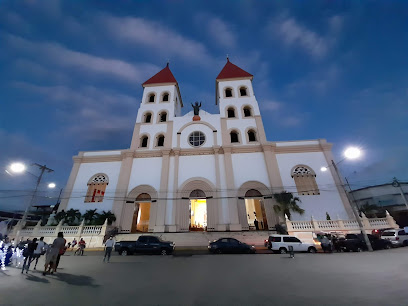
Moncagua Park
Experience the beauty and tranquility of Moncagua Park, an urban oasis in El Salvador perfect for relaxation and cultural immersion.
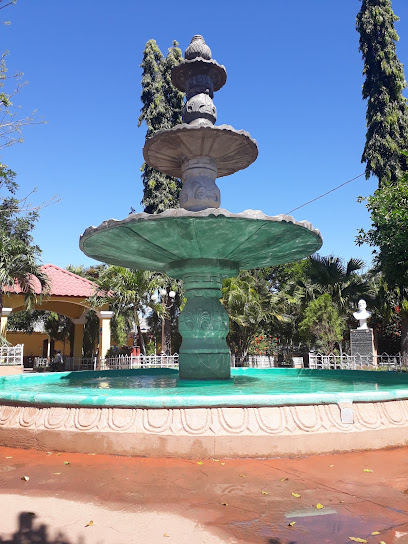
Turicentro Flor del Río
Discover the refreshing beauty of Turicentro Flor del Río, a serene swimming pool resort in Hualamán, surrounded by lush nature and perfect for relaxation.
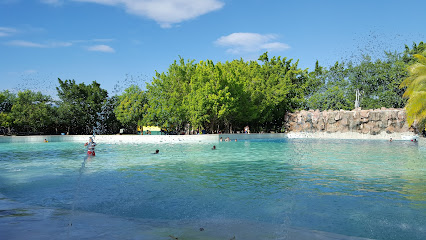
Turicentro Altos de La Cueva
Explore the fun-filled waters of Turicentro Altos de La Cueva in San Miguel, a premier water park for the entire family.
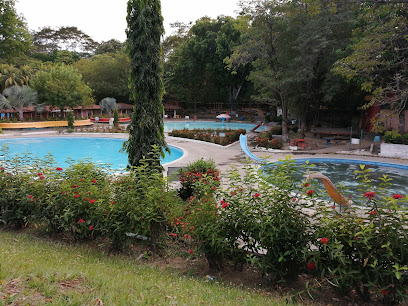
Cascadas de Don Juan
Explore the breathtaking Cascadas de Don Juan, a stunning waterfall oasis perfect for nature lovers and adventure seekers in El Salvador.
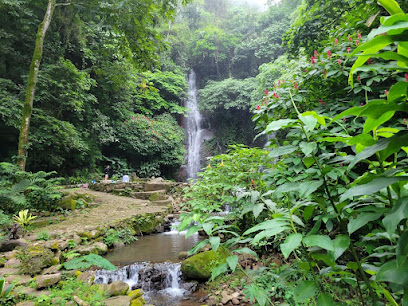
Monseñor Romero Center
Explore the Monseñor Romero Center, a museum dedicated to the legacy of Archbishop Óscar Romero, promoting peace and human rights in El Salvador.

Museum of Natural History of El Salvador
Uncover the rich biodiversity of El Salvador at the Museum of Natural History, a captivating destination for nature lovers and families alike.
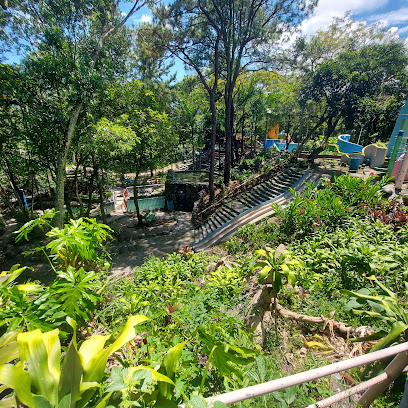
National Theater of San Miguel
Experience the vibrant performing arts scene at the National Theater of San Miguel, a cultural gem showcasing El Salvador's artistic heritage.
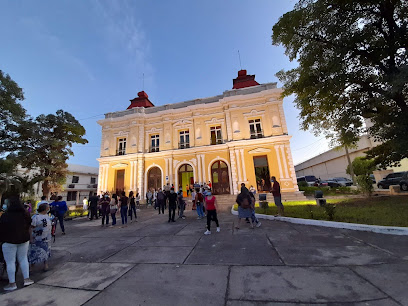
Cuevas de Moncagua
Discover the breathtaking Cuevas de Moncagua in El Salvador, a natural wonder with stunning caves and rich biodiversity waiting to be explored.
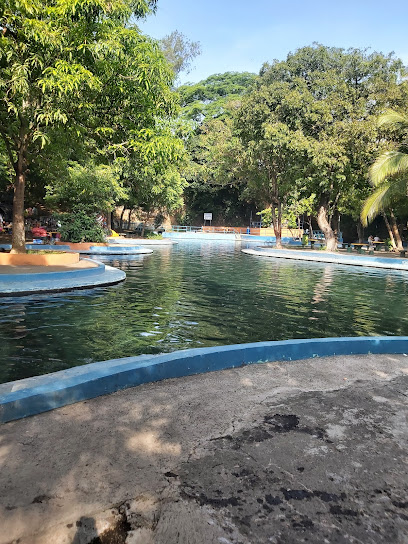
East Regional Museum
Explore the rich history of El Salvador at the East Regional Museum in San Miguel, where culture and heritage come alive through captivating exhibits.
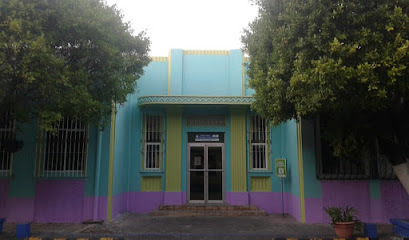
Puerto Barilla Monkey Reserve
Explore the vibrant wildlife of Puerto Barilla Monkey Reserve, where playful primates and lush nature await you in an ecological paradise.

Essential places to dine
Asados del Campo
Discover authentic Salvadoran flavors at Asados del Campo in San Miguel – where every meal is a celebration of tradition.
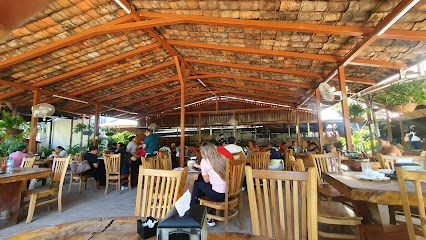
El Asador
Experience authentic Salvadoran cuisine at El Asador in San Miguel - where tradition meets flavor in every bite.
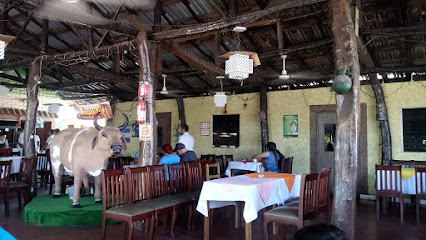
El Barrilito
Discover authentic Salvadoran cuisine at El Barrilito in San Miguel – where every dish is crafted with love and tradition.
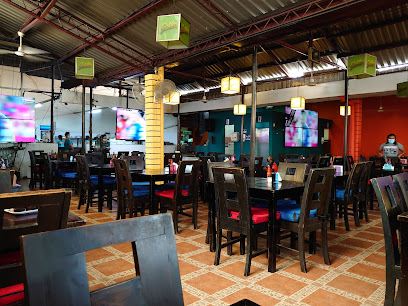
Restaurante Don Beto
Experience the vibrant tastes of Mexico at Restaurante Don Beto in San Miguel - where every dish tells a story.

Restaurante Los Poblanos
Experience authentic Mexican flavors at Restaurante Los Poblanos – a must-visit culinary destination in San Miguel.
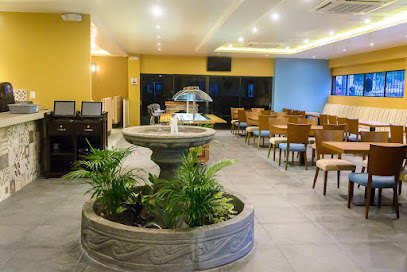
La Pampa Restaurant
Discover authentic Argentinian cuisine at La Pampa Restaurant in San Miguel - where every bite tells a story of flavor and tradition.
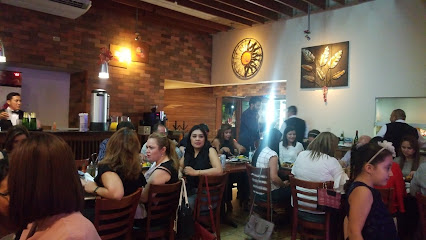
Restaurante El Izote
Experience authentic Salvadoran cuisine at Restaurante El Izote in San Miguel – where tradition meets taste in every dish.
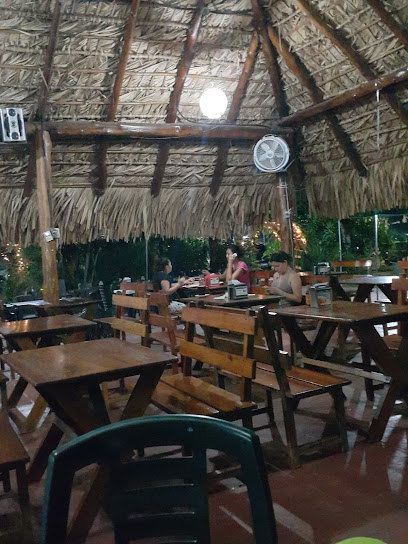
Tasty San Miguel
Experience authentic Salvadoran cuisine at Tasty San Miguel - where every meal is a celebration of flavor in an inviting atmosphere.
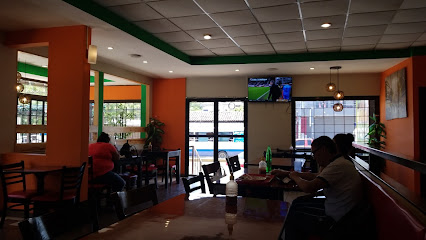
La Pema Restaurante
Experience authentic Latin American cuisine at La Pema Restaurante in San Miguel, where every dish tells a story of flavor and tradition.
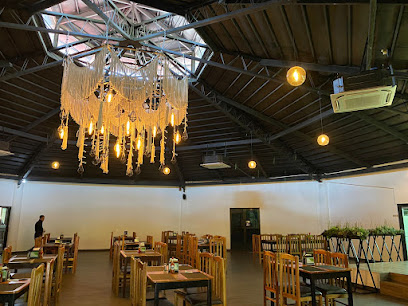
Torolomo
Experience the best fusion cuisine in San Miguel at Torolomo - where local flavors meet international flair.
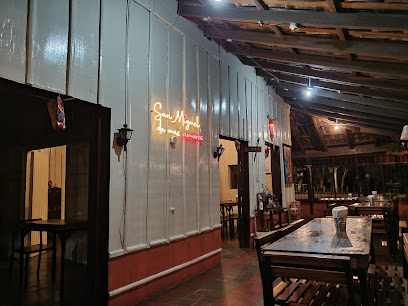
Restaurante La Pradera JS
Experience the rich flavors of El Salvador at Restaurante La Pradera JS in San Miguel – where culinary tradition meets modern dining.
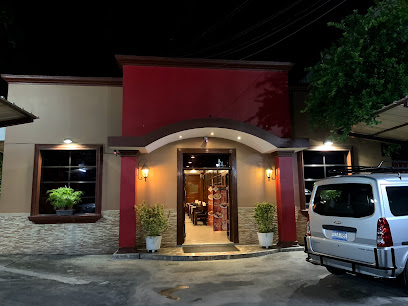
FRELA
Experience authentic Salvadoran cuisine at Frela in San Miguel - where every dish tells a flavorful story.
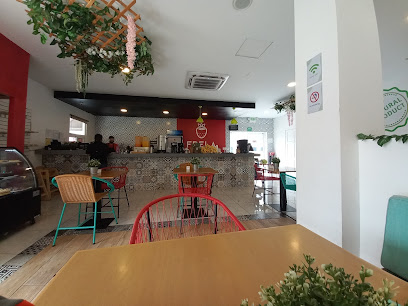
Cristy Restaurante
Discover Cristy Restaurante in San Miguel – your go-to destination for delicious health food made with fresh local ingredients.
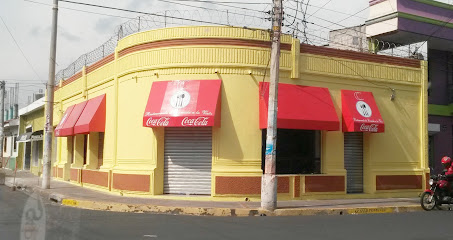
MINOS Steak House
Experience the best steak in San Miguel at MINOS Steak House – where flavor meets tradition in every bite.
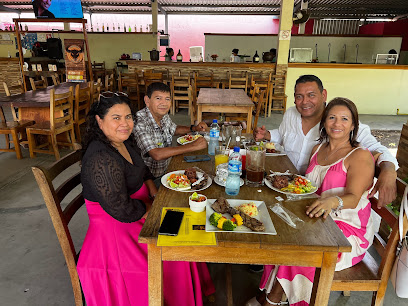
Los Portales -Gourmet Cuisine-
Experience gourmet cuisine at Los Portales in San Miguel - where traditional Salvadoran flavors meet modern culinary artistry.
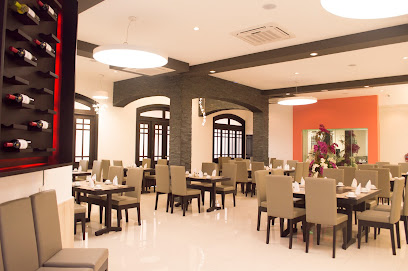
Markets, malls and hidden boutiques
José N. Batarse Boutique
Explore local culture and craftsmanship at José N. Batarse Boutique, the premier shopping destination in San Miguel, El Salvador.
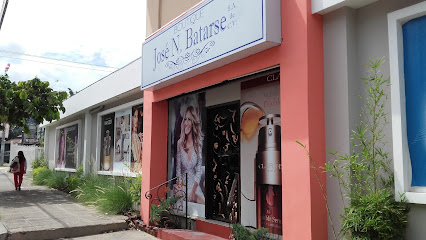
Escaparate Casa Matriz
Explore Escaparate Casa Matriz in San Miguel for stylish women's apparel that reflects the vibrant culture of El Salvador.
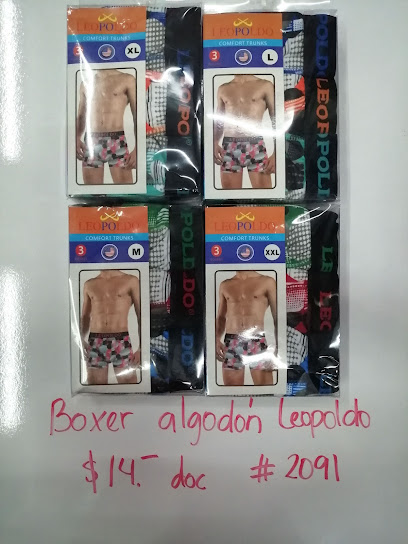
bazar los gemelos
Explore the vibrant Bazar Los Gemelos in San Miguel for unique home goods that showcase the rich culture and craftsmanship of El Salvador.
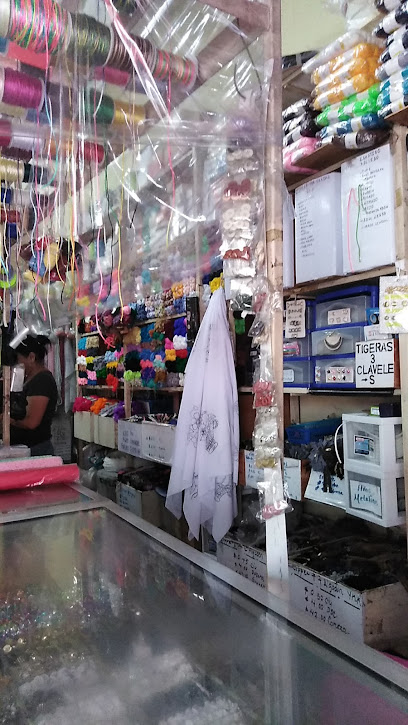
Bazar Lisseth S.A de C.V Sucursal San Miguel
Discover exceptional cutlery and artisanal kitchenware at Bazar Lisseth S.A de C.V Sucursal San Miguel, your go-to shopping destination for culinary delights.

ACCESORIOS UMAÑA (SUCURSAL #1 ZONA METRO)
Explore the stylish world of ACCESORIOS UMAÑA, a premier fashion accessories store in San Miguel, El Salvador, offering unique and trendy items.
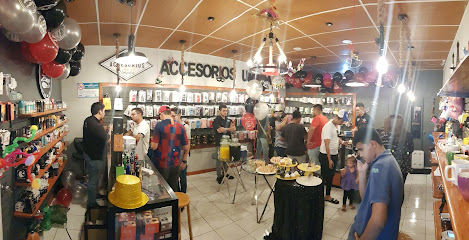
Ilusión de El Salvador Sucursal San Miguel
Discover vibrant clothing and local fashion trends at Ilusión de El Salvador Sucursal San Miguel, a unique shopping experience in San Miguel.

BAZAR SANDRI
Explore Bazar Sandri in San Miguel for an unforgettable shopping experience filled with unique clothing and local flair.
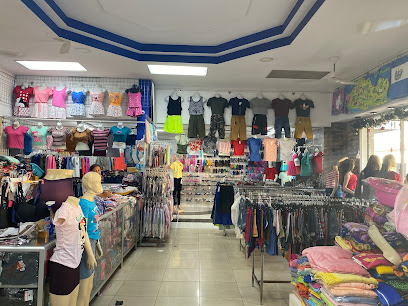
Lilly's Boutique
Explore Lilly's Boutique in San Miguel for stylish children's clothing that combines comfort with unique local flair.

BERNÉ STORE
Explore contemporary fashion at Berné Store in San Miguel, where local style meets quality craftsmanship for a unique shopping experience.
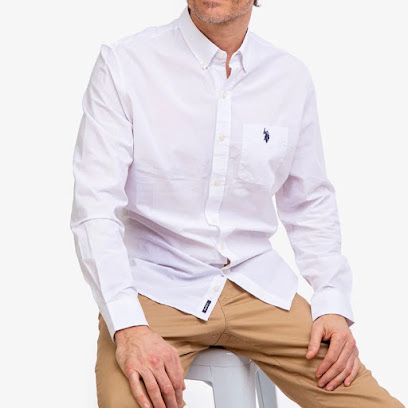
DarkSweet San Miguel
Explore DarkSweet San Miguel for an exquisite selection of authentic Salvadoran sweets and treats in a charming store atmosphere.
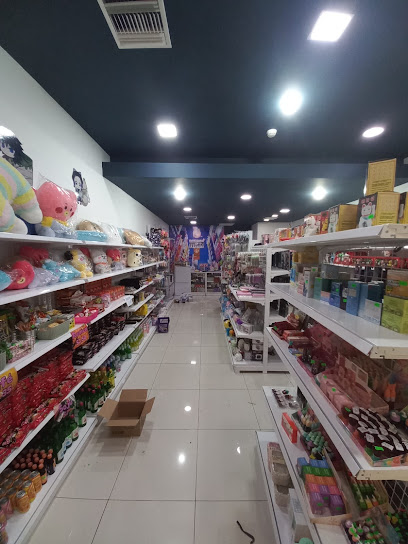
HandyCraft
Explore HandyCraft in San Miguel for unique local gifts and crafts that embody the spirit of El Salvador's rich culture and artistry.
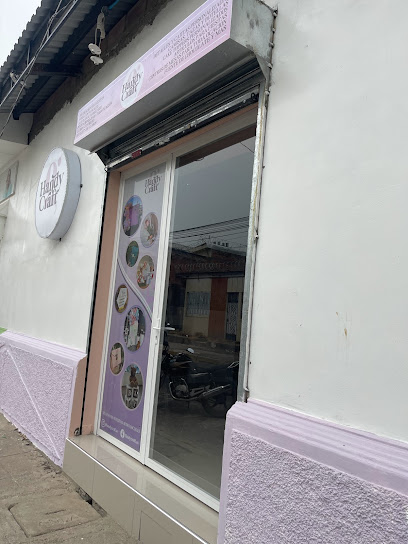
Fashion Shop
Discover the vibrant fashion scene at Fashion Shop in San Miguel, where style meets affordability in a welcoming atmosphere.
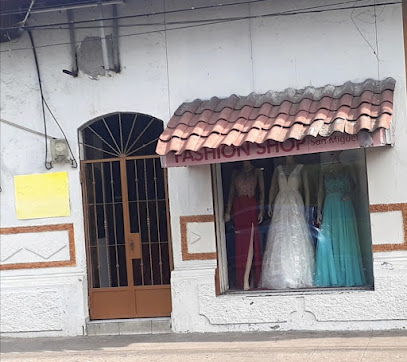
Butterfly Boutique
Explore unique fashion finds at Butterfly Boutique, a must-visit clothing store in the heart of San Miguel, El Salvador.

Ursulas Boutique San Miguel
Discover unique women's fashion at Ursulas Boutique in San Miguel, where local culture meets contemporary styles in a charming atmosphere.
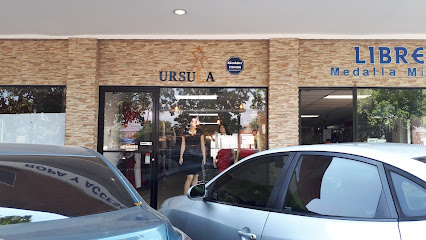
Traking Store San Miguel
Discover Traking Store San Miguel for a diverse selection of stylish shoes, perfect for every occasion during your travels in El Salvador.
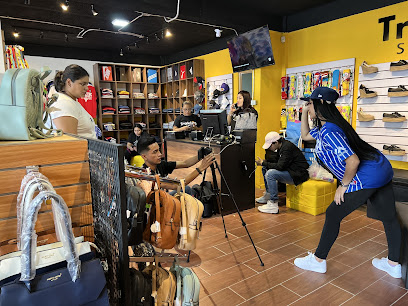
Essential bars & hidden hideouts
Torolomo
Discover the vibrant flavors of Torolomo, a fusion restaurant in San Miguel that tantalizes your taste buds with innovative dishes and local ingredients.
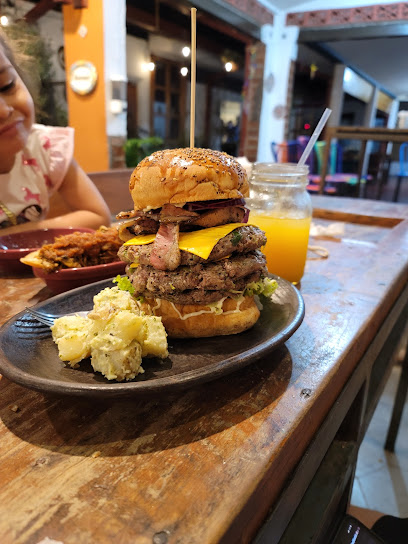
Restaurante La Pradera JS
Discover the rich flavors of Salvadoran cuisine at Restaurante La Pradera JS, a culinary haven in San Miguel, perfect for food lovers and travelers.
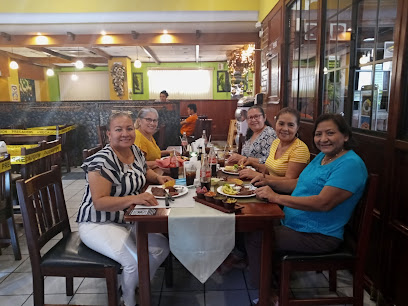
Black and White Bar Lounge
Experience the vibrant nightlife at the Black and White Bar Lounge in San Miguel, where stylish decor meets an extensive drink menu for an unforgettable evening.
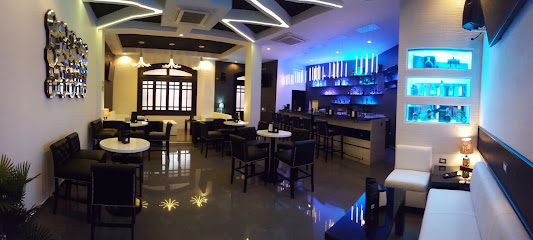
Backyard Bar
Experience the vibrant nightlife at Backyard Bar in San Miguel, where great drinks and a lively atmosphere await every visitor.
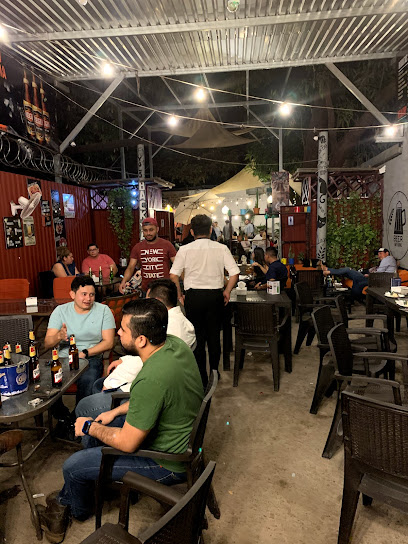
Texas Sport Bar
Experience the vibrant nightlife of San Miguel at Texas Sport Bar, where sports, great food, and local culture converge.
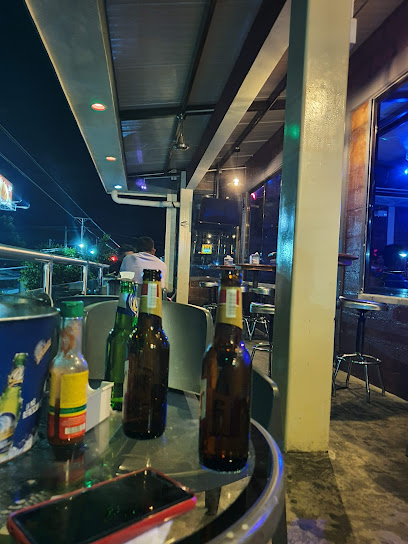
Infinity Discotec Bar
Discover the lively nightlife of San Miguel at Infinity Discotec Bar, where music, dance, and vibrant culture collide for an unforgettable experience.
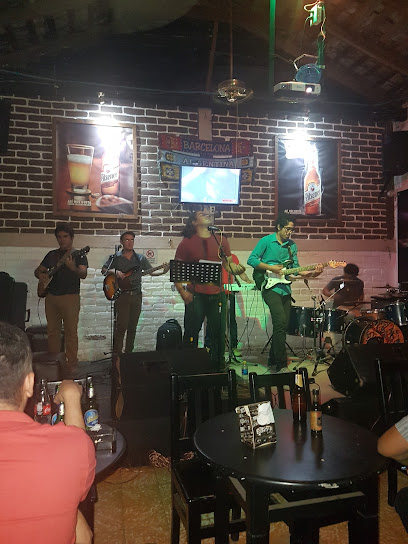
VÉRTIGO. Bar - Restaurante - Karaoke
Discover VÉRTIGO, San Miguel's ultimate bar and karaoke destination, where great food meets vibrant nightlife in an unforgettable atmosphere.
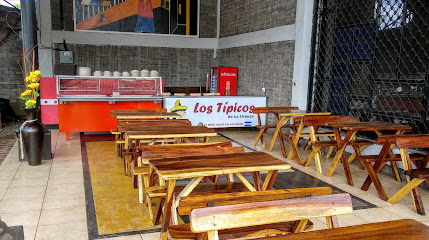
Bar O2O3
Experience unforgettable karaoke nights at Bar O2O3 in San Miguel – the perfect blend of fun, music, and entertainment!
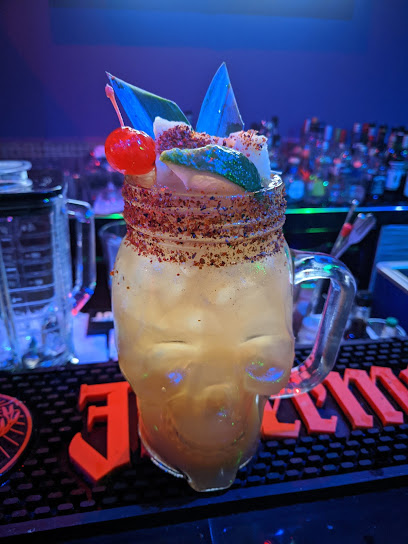
El parcito bar
Experience the vibrant nightlife of San Miguel at El Parcito Bar, where refreshing drinks and a lively atmosphere create unforgettable memories.
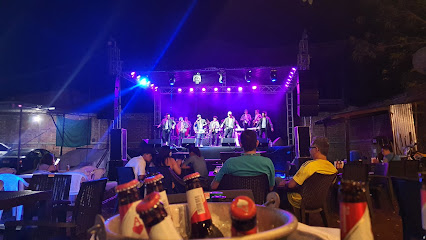
Cucoliche Sports Bar
Experience the vibrant nightlife at Cucoliche Sports Bar in San Miguel, where sports, music, and delicious food come together for an unforgettable experience.
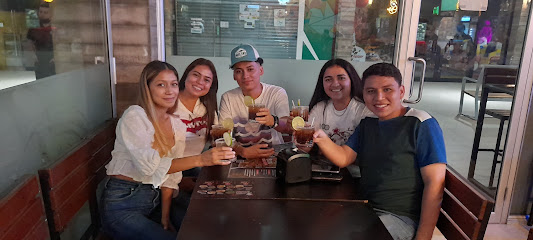
Pepes Night Club
Experience the vibrant nightlife at Pepes Night Club in San Miguel, where music, dance, and unforgettable moments await every visitor.
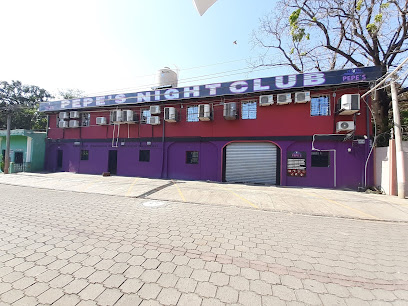
Cervecería Chatos
Experience the lively atmosphere and exceptional drinks at Cervecería Chatos in San Miguel, a vibrant bar ideal for nightlife and local culture.
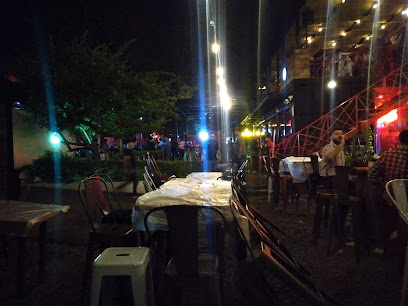
MINOS Steak House
Experience exquisite dining at MINOS Steak House, where prime cuts and local flavors unite in an unforgettable culinary journey in San Miguel.
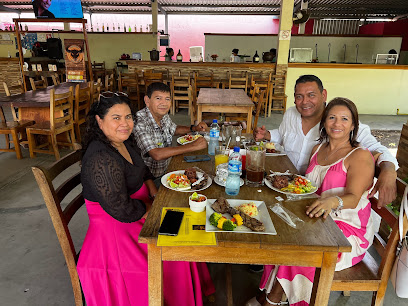
Escondidita Bar
Discover the vibrant nightlife at Escondidita Bar in San Miguel, where friendly faces and delicious drinks await you.
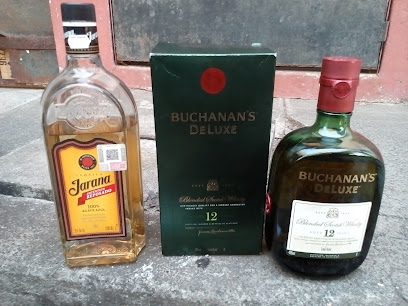
American Bistro
Experience a culinary journey at American Bistro in San Miguel, where American flavors meet local hospitality in a charming setting.
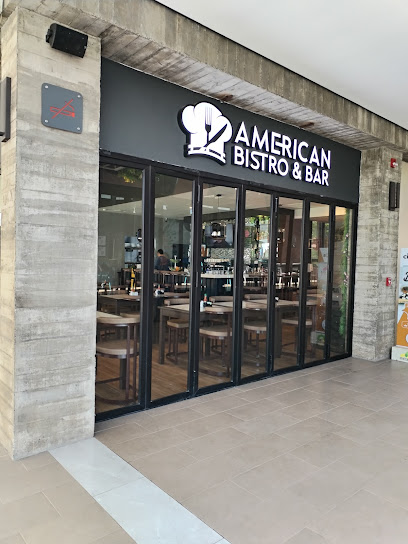
Local Phrases
-
- HelloHola
[oh-lah] - GoodbyeAdiós
[ah-dee-ohs] - YesSí
[see] - NoNo
[noh] - Please/You're welcomePor favor/De nada
[por fah-vohr/deh nah-dah] - Thank youGracias
[grah-see-ahs] - Excuse me/SorryPerdón/Lo siento
[pair-dohn/loh see-ehn-toh] - How are you?¿Cómo estás?
[koh-moh ehs-tahs] - Fine. And you?Bien. ¿Y tú?
[bee-ehn. ee too] - Do you speak English?¿Hablas inglés?
[ah-blahs een-glehs] - I don't understandNo entiendo
[noh ehn-tee-ehn-doh]
- HelloHola
-
- I'd like to see the menu, pleaseMe gustaría ver el menú, por favor
[meh goo-stah-ree-ah vehr ehl meh-noo, poor fah-vohr] - I don't eat meatNo como carne
[noh koh-moh kahr-neh] - Cheers!¡Salud!
[sah-lood] - I would like to pay, pleaseMe gustaría pagar, por favor
[meh goo-stah-ree-ah pah-gahr, poor fah-vohr]
- I'd like to see the menu, pleaseMe gustaría ver el menú, por favor
-
- Help!¡Ayuda!
[ah-yoo-dah] - Go away!¡Vete!
[veh-teh] - Call the Police!¡Llama a la policía!
[yah-mah ah lah poh-lee-see-ah] - Call a doctor!¡Llama a un doctor!
[yah-mah ah oon dohk-tohr] - I'm lostEstoy perdido
[ehs-toy pair-dee-doh] - I'm illEstoy enfermo
[ehs-toy ehn-fehr-moh]
- Help!¡Ayuda!
-
- I'd like to buy...Me gustaría comprar...
[meh goo-stah-ree-ah kohm-prahr] - I'm just lookingSólo estoy mirando
[soh-loh ehs-toy mee-rahn-doh] - How much is it?¿Cuánto cuesta?
[kwan-toh kwehs-tah] - That's too expensiveEso es muy caro
[eh-soh ehs moo-ee kah-roh] - Can you lower the price?¿Puede bajar el precio?
[pweh-deh bah-hahr ehl pree-syoh]
- I'd like to buy...Me gustaría comprar...
-
- What time is it?¿Qué hora es?
[keh oh-rah ehs] - It's one o'clockEs la una
[ehs lah oo-nah] - Half past (10)Media (10)
[meh-dee-ah (deez)] - MorningMañana
[mah-nyah-nah] - AfternoonTarde
[tahr-deh] - EveningNoche
[noh-cheh] - YesterdayAyer
[ah-yehr] - TodayHoy
[oy] - TomorrowMañana
[mah-nyah-nah] - 1Uno
[oo-noh] - 2Dos
[dohs] - 3Tres
[trehs] - 4Cuatro
[kwah-troh] - 5Cinco
[seen-koh] - 6Seis
[say-ees] - 7Siete
[see-eh-teh] - 8Ocho
[oh-choh] - 9Nueve
[nweh-veh] - 10Diez
[dee-ehs]
- What time is it?¿Qué hora es?
-
- Where's a/the...?¿Dónde está el/la...?
[dohn-deh ehs-tah ehl/lah] - What's the address?¿Cuál es la dirección?
[kwal ehs lah dee-rehk-syohn] - Can you show me (on the map)?¿Puedes mostrarme (en el mapa)?
[pweh-dehs mohs-trar-meh (ehn ehl mah-pah)] - When's the next (bus)?¿Cuándo es el próximo (autobús)?
[kwan-doh ehs ehl proh-see-moh (ow-toh-boos)] - A ticket (to ....)Un boleto (a ....)
[oon boh-leh-toh (ah)]
- Where's a/the...?¿Dónde está el/la...?
History of San Miguel
-
Before the arrival of the Spanish, the area that is now San Miguel was inhabited by the Lenca people. The region was part of a complex network of indigenous communities that engaged in agriculture, trade, and cultural exchanges. The Lenca were known for their sophisticated pottery and textiles, which have been uncovered in various archaeological sites around San Miguel.
-
San Miguel was founded by Spanish conquistador Luis de Moscoso on November 8, 1530. Originally named 'San Miguel de la Frontera,' it served as a strategic outpost for further Spanish incursions into Central America. The city was named in honor of Archangel Michael, the patron saint of soldiers, reflecting its military significance.
-
During the colonial era, San Miguel grew as a center for agriculture and trade. The fertile lands around the city were ideal for growing indigo, a valuable dye exported to Europe. The city's strategic location made it a hub for merchants and travelers moving between the Pacific coast and the interior of Central America. Several colonial-era churches and buildings still stand today, reflecting the architectural styles of the period.
-
San Miguel played a role in the independence movement that swept through Central America in the early 19th century. After El Salvador declared independence from Spain in 1821, the city continued to grow economically and culturally. The introduction of coffee cultivation in the mid-1800s brought new wealth to the region, further establishing San Miguel as a key economic center.
-
One of the most vibrant cultural events in San Miguel is the annual carnival, known as 'Carnaval de San Miguel.' Started in 1959, the carnival has grown into one of the largest and most famous in Central America, attracting visitors from all over the world. The event features parades, music, dance, and a variety of traditional foods, celebrating the city's rich cultural heritage.
-
Throughout the 20th century, San Miguel continued to evolve, facing challenges such as political instability and economic fluctuations. However, the city has maintained its cultural vibrancy and economic significance. Today, San Miguel is known for its dynamic urban life, educational institutions, and as a gateway to exploring the natural beauty of eastern El Salvador, including the nearby Chaparrastique Volcano.
San Miguel Essentials
-
San Miguel is accessible via El Salvador's main international gateway, El Salvador International Airport (SAL), located about 138 kilometers from San Miguel. From the airport, you can reach San Miguel by renting a car, taking a private shuttle, or using intercity bus services. The journey typically takes around 2 to 3 hours by road.
-
Within San Miguel, transportation options include taxis, buses, and ride-sharing services. Taxis are widely available and can be hailed on the street or booked via phone. Local buses are an affordable option for getting around the city and to nearby towns. For those preferring more flexibility, renting a car is also a viable option, though navigating the city can be challenging due to traffic.
-
The official currency in El Salvador is the United States Dollar (USD). Credit and debit cards are widely accepted in hotels, restaurants, and larger stores. However, it is advisable to carry some cash, especially when visiting smaller establishments or markets. ATMs are available throughout San Miguel, but be aware of potential transaction fees.
-
While San Miguel is generally safe for tourists, it is important to stay vigilant, especially in areas with higher crime rates such as the neighborhood of La Presita. Avoid walking alone at night and keep your belongings secure. Stick to well-populated and well-lit areas, and make use of taxis for late-night travel.
-
In case of emergency, dial 911 for police, fire, or medical assistance. San Miguel has several hospitals and clinics for medical emergencies, including the Hospital Nacional de San Miguel. It is highly recommended to have travel insurance that covers medical emergencies. For minor health issues, pharmacies are readily available throughout the city.
-
Fashion: Do dress modestly, particularly when visiting religious sites. Avoid wearing overly revealing clothing. Religion: Do show respect when entering churches and religious sites. Remove hats and avoid loud conversations. Public Transport: Do be courteous and offer your seat to elderly passengers. Don't eat or drink on public transit. Greetings: Do greet people with a handshake and a friendly 'Buenos días' or 'Buenas tardes'. Eating & Drinking: Do try local dishes and accept food graciously when offered. Don't refuse hospitality, as it may be considered rude.
-
To experience San Miguel like a local, visit the bustling Mercado Central where you can find fresh produce, local crafts, and delicious street food. Engage with the locals, who are often friendly and eager to share stories about their city. Don't miss the annual Carnival de San Miguel, a vibrant celebration featuring parades, music, and traditional dances. For a unique cultural experience, attend a local soccer match at Estadio Juan Francisco Barraza.
Trending Landmark in San Miguel
-
Parque Joaquín E. Guzmán
-
Hotel Tropico Inn San Miguel
-
San Miguel Cathedral
-
Moncagua Park
-
Turicentro Altos de La Cueva
-
Ciudad Pacifica Park
-
El Castillo de Piedra
-
Cuevas de Moncagua
-
Moncagua San Miguel El Salvador
-
Humedales de El Havillal
-
Gruta Virgen de Guadalupe
-
El MORAL
-
La Posa de la mina
-
El salvador
-
El Salvador
Nearby Cities to San Miguel
-
Things To Do in Suchitoto
-
Things To Do in San Salvador
-
Things To Do in La Libertad
-
Things To Do in Tegucigalpa
-
Things To Do in Gracias
-
Things To Do in Santa Rosa de Copán
-
Things To Do in Santa Ana
-
Things To Do in Chalchuapa
-
Things To Do in Copán Ruinas
-
Things To Do in San Pedro Sula
-
Things To Do in Jinotega
-
Things To Do in Puerto Barrios
-
Things To Do in Managua
-
Things To Do in Rio Dulce
-
Things To Do in Puerto Cortés







